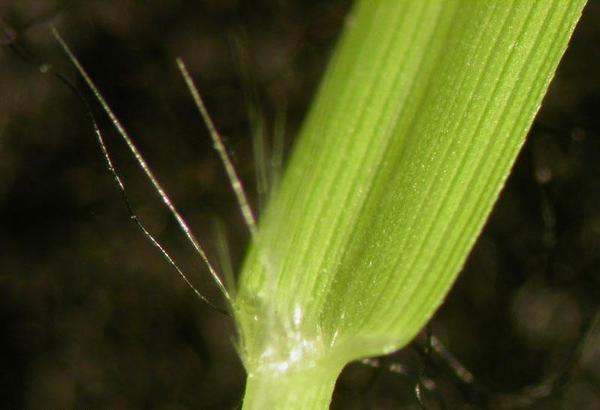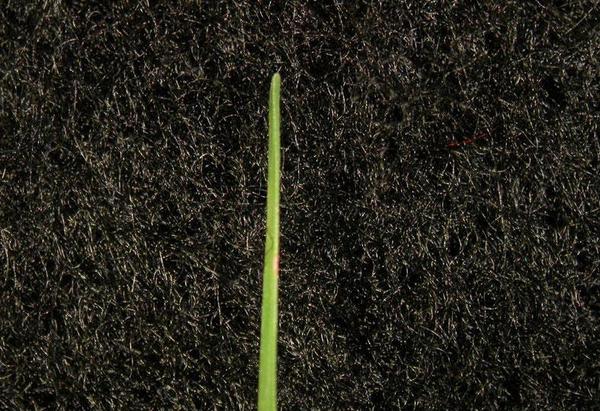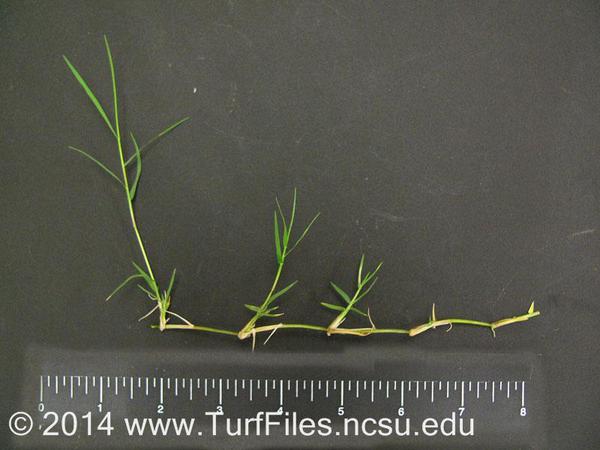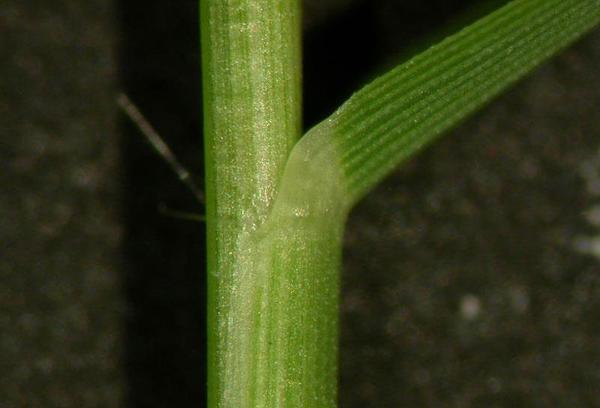Bermudagrass
en Español / em Português
El inglés es el idioma de control de esta página. En la medida en que haya algún conflicto entre la traducción al inglés y la traducción, el inglés prevalece.
Al hacer clic en el enlace de traducción se activa un servicio de traducción gratuito para convertir la página al español. Al igual que con cualquier traducción por Internet, la conversión no es sensible al contexto y puede que no traduzca el texto en su significado original. NC State Extension no garantiza la exactitud del texto traducido. Por favor, tenga en cuenta que algunas aplicaciones y/o servicios pueden no funcionar como se espera cuando se traducen.
Português
Inglês é o idioma de controle desta página. Na medida que haja algum conflito entre o texto original em Inglês e a tradução, o Inglês prevalece.
Ao clicar no link de tradução, um serviço gratuito de tradução será ativado para converter a página para o Português. Como em qualquer tradução pela internet, a conversão não é sensivel ao contexto e pode não ocorrer a tradução para o significado orginal. O serviço de Extensão da Carolina do Norte (NC State Extension) não garante a exatidão do texto traduzido. Por favor, observe que algumas funções ou serviços podem não funcionar como esperado após a tradução.
English
English is the controlling language of this page. To the extent there is any conflict between the English text and the translation, English controls.
Clicking on the translation link activates a free translation service to convert the page to Spanish. As with any Internet translation, the conversion is not context-sensitive and may not translate the text to its original meaning. NC State Extension does not guarantee the accuracy of the translated text. Please note that some applications and/or services may not function as expected when translated.
Collapse ▲Description
Bermudagrass (Cynodon species) is a medium- to fine-textured warm-season turfgrass that spreads by rhizomes and stolons. It has excellent heat, drought, and salt tolerance but does not do well in shade. Bermudagrass is the most widely used species on athletic fields and golf course fairways / tee boxes due to its high wear tolerance and rapid recovery. It can also be a very invasive and hard to control weed in some turf settings. Bermudagrass can be confused with nimblewill. However, nimblewill has a membranous ligule, which can be distinguished from the hairy ligule of Bermudagrass. Bermudagrass is also often confused with zoysiagrass, but zoysiagrass has hairs standing upright on the leaf blade, whereas Bermudagrass does not. Zoysiagrass is also stiff to the touch and offers more resistance to your hand than Bermudagrass. Zoysiagrass leaf vernation is rolled whereas Bermudagrass leaf vernation is folded. There are many different hybrids of Bermudagrass that range from fine to coarse in leaf texture. As a weed, Bermudagrass is sometimes referred to as wiregrass.
Lawn and Athletic Field Maintenance
- For a month-by-month Bermudagrass lawn maintenance calendar, see Bermudagrass Lawn Maintenance Calendar, AG-431
- For a month-by-month Bermudagrass athletic field maintenance calendar, see Bermudagrass Athletic Field Maintenance Calendar, AG-429
Bermudagrass as a Weed
Cultural Control
Most turfgrasses are difficult to control within another turfgrass. Therefore, turf managers should select clean seed or vegetative sources for establishment, use an adapted turfgrass species and cultivar for their location, and use proper mowing and fertilization techniques to maintain a dense, actively growing, desired turf. Digging or removal with hand or mechanical equipment, for example a sod cutter, is one way to control undesired perennial turfgrasses. You may spot treat an infested area with an appropriate non-selective herbicide, realizing it will also kill the desired turfgrass.
Species Data
- SEEDHEAD / FLOWER
- raceme; 3-5 spikes that join at the top of a main stem
Figure 1
- raceme; 3-5 spikes that join at the top of a main stem
- VERNATION TYPE
- leaves folded in the bud
Figure 2
- leaves folded in the bud
- LIGULE TYPE
- fringe of hairs 0.04 - 0.12 inches (1 - 3 mm) long
Figure 3
- fringe of hairs 0.04 - 0.12 inches (1 - 3 mm) long
- GROWTH SEASON / LIFE CYCLE
- warm season turf or perennial weed
- AURICLE TYPE
- absent
Figure 3
- absent
- LEAF BLADE TIP SHAPE
- sharp-pointed; sparsely hairy, edges rough, leaf blade soft
Figure 4
- sharp-pointed; sparsely hairy, edges rough, leaf blade soft
- LEAF BLADE WIDTH
- 0.06 - 0.1 inches (1.5 - 3 mm) wide
- STOLON PRESENCE
- RHIZOME PRESENCE
- present; stout
- COLLAR TYPE
- SHEATH MARGIN
- SHEATH TYPE
- sheath is sparsely hairy; flattened to round, loose
Figure 7
- sheath is sparsely hairy; flattened to round, loose













